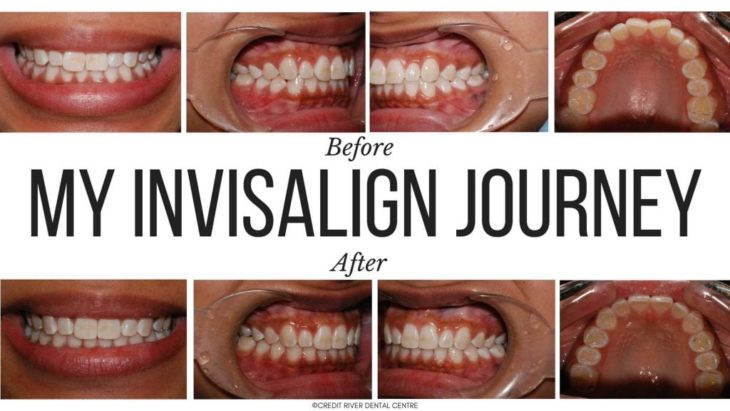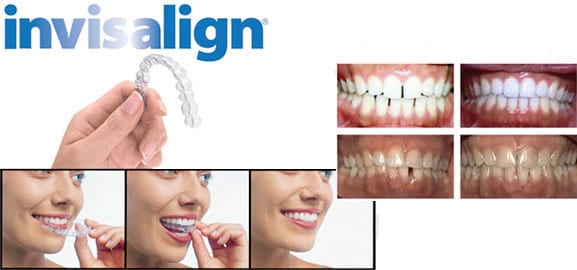A milestone for many children in the past was wearing braces. They were old enough for the brackets and wires as their adult teeth grew in. Straight teeth were the goals. Although braces are still viable choices for oral health, Invisalign trays are the trendier option. Virtually invisible trays fitted for an individual patient will move the teeth into position without any metal involved. An interesting thing to note about Invisalign is that many dental offices are able to offer this option in-house instead of referring you out to an orthodontist. Here you can find an example of a dedicated Invisalign service as provided by Midjersey Smiles! You should be able to find out if your dentist offers Invisalign with a quick call to the office or peek on their website.

Source: creditriverdental.com
Learn more about the age groups that benefit the most from Invisalign right now.
Young Children
Preschool– and elementary-age children shouldn’t receive Invisalign treatment. Their oral cavities aren’t mature enough for the trays. In fact, they still have the majority of their baby teeth. Orthodontia treatment focuses on adult teeth that are just moving into position. Baby teeth must fall out before any orthodontia work begins.
Most young children won’t have the maturity to keep the trays in for most of the day. They might pull them out, forget to wear them or lose the trays entirely. Parents of young children may know that braces will be necessary in the future. They must simply be patient as the baby teeth fall out. In fact, it’s a good rule of thumb for parents to work closely with the dentist and orthodontist. A game plan can be created so that the teeth benefit from every straightening strategy available in the industry.
Source: Gutierrez OrthodonticsThe Preteen Set
The ideal age group to receive Invisalign trays is 11- to 13-year-old children. These preteens usually have their adult teeth in. They’re simply oriented at unusual angles. The oral palate is also growing and changing, which makes teeth alignment easier with the trays.
One exception in this group is if a patient has an impacted tooth. All of the adult teeth must be grown into the gum line. An impacted tooth will require extra effort to bring down either by surgery or traditional braces. Otherwise, Invisalign works wonders on this age group.
Young Adults
Ages 17 through 21 are probably the second-best group for Invisalign trays. The oral cavity tends to continue with development during this period, although it’s nearing its growth endpoint. An orthodontist will need to examine each individual patient for their developmental level.
Trays might be worn slightly longer than the preteen set, but not by a significant amount. Young adults who lost their baby teeth at an older age are the common patients in these scenarios. They opted to let nature take its course instead of pulling the baby teeth. Their adult teeth are just slightly behind schedule according to most oral-care professionals.

Source: beldent.rs
Considering Older Adults
Adults in their 40s, 50s, and 60s might consider Invisalign. They may have grown up with limited dental care. Currently, they have the means and willpower to try this treatment. It’s possible to achieve straight teeth as an older adult with trays, but the process can take longer than other patients’ experiences.
Older adults have teeth and jaws that are set into position. They aren’t growing or developing anymore. Orthodontists will form a tray for the patient, and he or she will need to wear it almost around the clock. Because older adults have the motivation to stick with treatment until it’s successful, this extended time frame may not be an issue. The orthodontist will make the final decision on when the trays don’t have to be in use anymore.
Every orthodontia patient is unique to his or her tooth development over time. Your oral-care professional may use a mixture of different techniques to straighten the teeth. Be open to these options because a beautiful smile lasts a lifetime.
